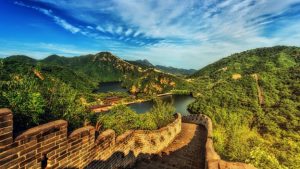The Enigma of Queen Hatshepsut
Few people in the history of ancient Egypt stand out as much as Queen Hatshepsut, the mysterious monarch who broke tradition and changed the perception of women in positions of authority in a patriarchal culture. Her reign, which lasted roughly from 1479 to 1458 BCE, was a time of great wealth, cultural development, and architectural beauty. However, under the surface of her achievements is a rich tapestry of mystery and intrigue that compelled academics and historians to solve the mystery surrounding her legacy.






